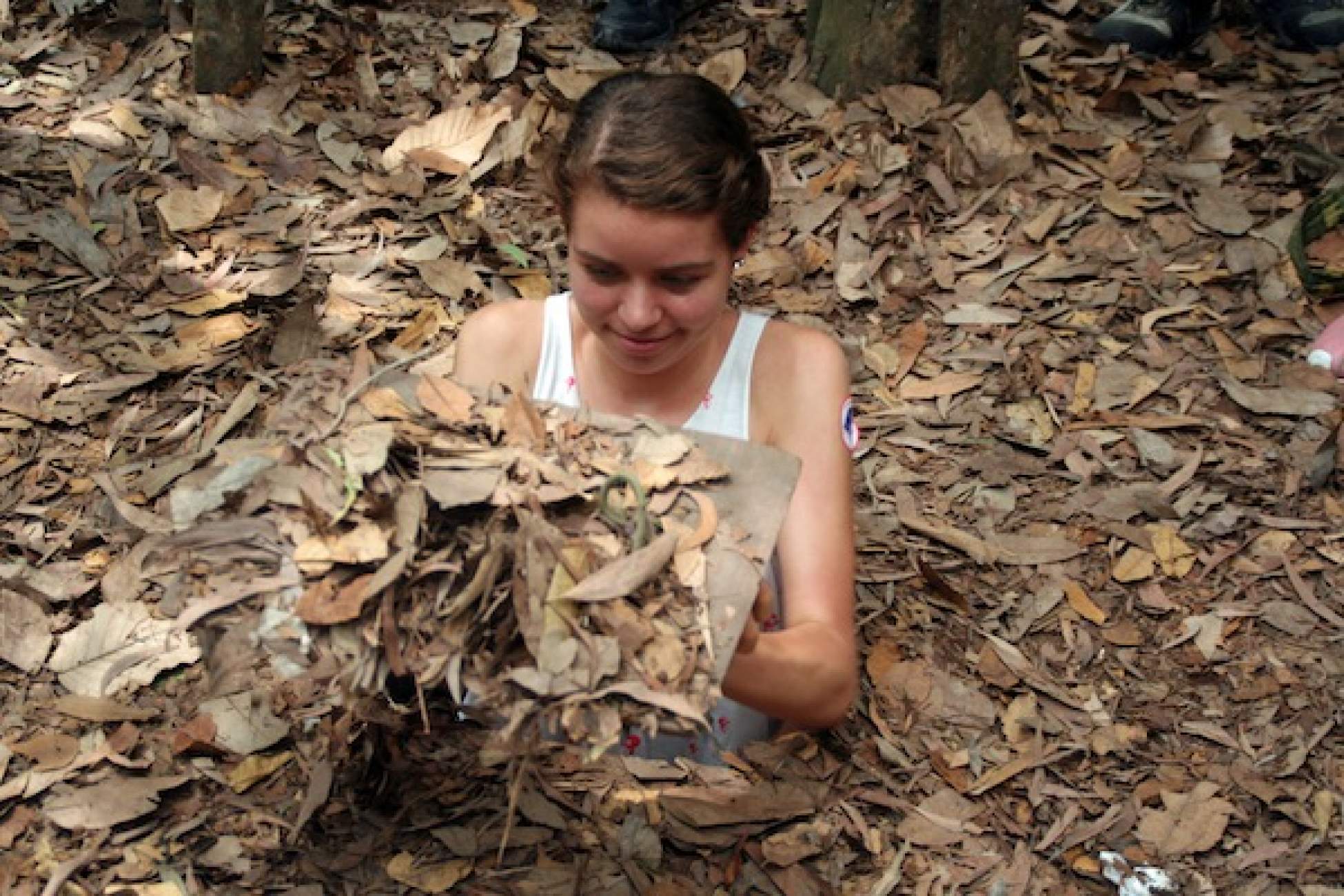To make things even more complicated, the country is officially known as the “Socialist Republic of Vietnam” and therefore isn’t entirely communist. Its economy is capital-based and is currently one of the fastest growing in the world. However, as the Communist Party of Vietnam holds political control of the nation, it holds a below-average economic freedom score of 51 (out of a possible 100). As such, the society is often referred to as being “communist by name and capitalist by nature.”
If Vietnam’s current political and economic situation seems to hold a little bit of everything, its recent history would then take a lot of everything. After gaining independence from France in 1945, Vietnam split into two separate North and South Vietnamese nations, with the North adopting communism and the South embracing democracy. After decades of conflict between each other and the US, North Vietnam eventually took control of its southern counterpart in 1975 and spread its communist regime across the entire nation. Although the takeover occurred several decades ago, it’s still easy to sense the strained political atmosphere, especially in the South.
While the Southern capital was officially renamed “Ho Chi Minh City” to commemorate a North Vietnamese leader following the communist take-over, many locals still refer to the city by its previous name “Saigon” and many hotels and regional landmarks, including the river and airport still carry “Saigon” in their titles. In addition, many residents enjoy high standards of living thanks to the capital-based economy.
However, just outside the city in the small village of Cu Chi, it’s still possible to be transported back to the days of the communist Vietcong. While South Vietnam was predominately capitalist, Cu Chi served as a secret base for the Vietcong, providing them with a tactical vantage point against their opponents during the war. As such, in order to keep their location a secret, the Vietcong developed a complex series of tunnels running through an area laden with booby traps and landmines. Although landmines are still being discovered in various locations around the area to this day, it’s now possible to tour the tunnels and get a feel for how the base operated under the Vietcong.
Tours begin in a re-creation of what would have been used as an underground dining hall. Here, groups have the opportunity to watch a government-produced film from 1978 (the time of the Vietnam War). The film begins by spotlighting the peaceful rural lives of the residents of Cu Chi, but then quickly changes pace when Americans are mentioned as “crazy devils” (much to the dismay of my American travel companion) and follows one of the young farm girls from the village who joins the armed combat and is given a medal as an American-killing hero. The film may have been over 30 years old, but judging from the fact that many of the tour guides were standing in the back of the room nodding in agreement, it’s clear that the wounds suffered in Vietnam during the war are still fresh.
Following the film, you have the opportunity to crawl through several of the tunnels – a task that is easier said than done, as they were designed as narrow mazes to slow down and confuse American soldiers, should they find their way in. After experiencing how difficult it was to crawl around the tunnels for even half an hour, I can’t imagine what living in them on a daily basis would have been like, much less waging a war against the people living in them.
Fortunately, the war is long over and life in these conditions are no longer a reality for the residents of Cu Chi. Today, communist flags may still be displayed with pride across the nation, but the country has developed into a safe destination for travellers, with much of the recent economic growth being attributed to tourism.
Travelling in Communist Vietnam
Written by Judi Zienchuk
When I booked a flight to Vietnam, I knew (somewhere in the back of my mind) that it would mean arriving in a communist country and therefore a one-party state. However, I had no idea what this actually meant and how much it would affect my experience there as a tourist.
Published in
Study Abroad Blogs
Tagged under

Judi Zienchuk
Judi Zienchuk has studied her way across Southeast Asia and boarded down volcanoes in Central America. When she's not gallivanting the globe, you can find her on a bike or consuming large amounts of caffeine. Check out her blog, Travvel Sized.
